
-
 'Netflix House' marks streaming giant's first theme park
'Netflix House' marks streaming giant's first theme park
-
UN warns of rough winter ahead for refugees
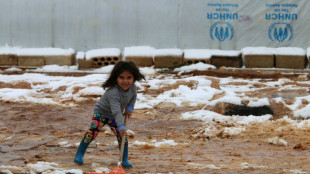
-
 Brazil's 'action agenda' at COP30 takes shape
Brazil's 'action agenda' at COP30 takes shape
-
Trump threatens $1 billion action as BBC apologises for edit error
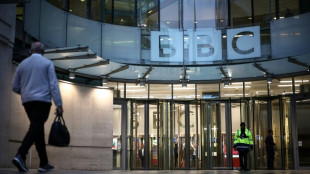
-
 Sinner dominates injury-hit Auger-Aliassime in ATP Finals opener
Sinner dominates injury-hit Auger-Aliassime in ATP Finals opener
-
Trump hails Syria's 'tough' ex-jihadist president after historic talks

-
 Syria's ex-jihadist president meets Trump for historic talks
Syria's ex-jihadist president meets Trump for historic talks
-
Top US court hears case of Rastafarian whose hair was cut in prison
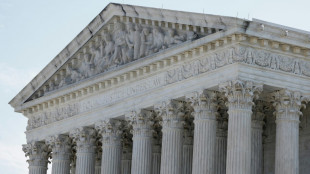
-
 US mediator Kushner and Netanyahu discuss phase two of Gaza truce
US mediator Kushner and Netanyahu discuss phase two of Gaza truce
-
End to US government shutdown in sight as Democrats quarrel
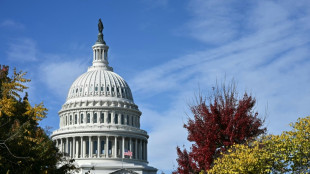
-
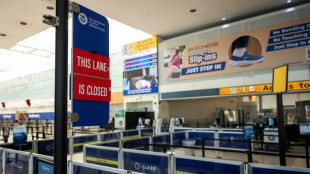 Trump threatens air traffic controllers over shutdown absences
Trump threatens air traffic controllers over shutdown absences
-
US to remove warnings from menopause hormone therapy
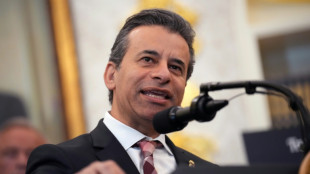
-
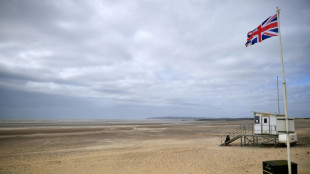 UK water firm says 'highly likely' behind plastic pellet pollution incident
UK water firm says 'highly likely' behind plastic pellet pollution incident
-
Syria's ex-jihadist president holds historic Trump talks

-
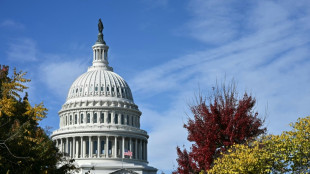 End to record-long US government shutdown in sight
End to record-long US government shutdown in sight
-
France's ex-leader Sarkozy says after jail release 'truth will prevail'
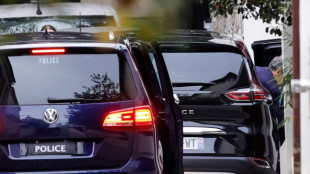
-
 Atalanta sack coach Juric after poor start to season
Atalanta sack coach Juric after poor start to season
-
Trump threatens $1 billion action as BBC apologises for speech edit
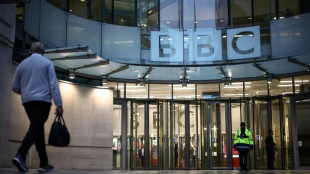
-
 Gattuso wants 'maximum commitment' as Italy's World Cup bid on the line
Gattuso wants 'maximum commitment' as Italy's World Cup bid on the line
-
Indian capital car blast kills at least eight
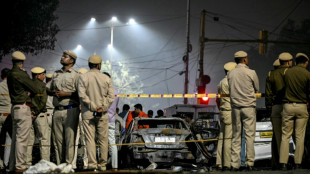
-
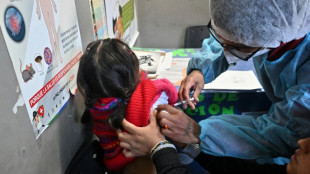 Deadly measles surge sees Canada lose eradicated status
Deadly measles surge sees Canada lose eradicated status
-
Brazil's Lula urges 'defeat' of climate deniers as COP30 opens
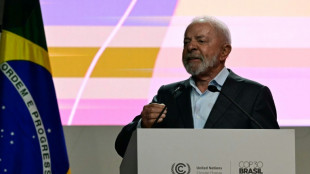
-
 Strangled by jihadist blockade, Malians flee their desert town
Strangled by jihadist blockade, Malians flee their desert town
-
US Supreme Court declines to hear case challenging same-sex marriage
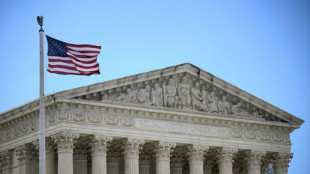
-
 'Fired-up' Fritz sees off Musetti in ATP Finals
'Fired-up' Fritz sees off Musetti in ATP Finals
-
Injured Courtois set to miss Belgium World Cup qualifiers

-
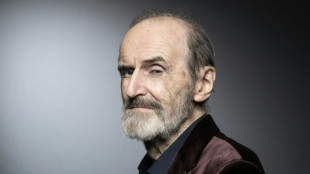 Bulatov, pillar of Russian contemporary art scene, dies at 92
Bulatov, pillar of Russian contemporary art scene, dies at 92
-
Fritz sees off Musetti in ATP Finals

-
 US strikes on alleged drug boats kill six more people
US strikes on alleged drug boats kill six more people
-
Sarkozy released from jail 'nightmare' pending appeal trial
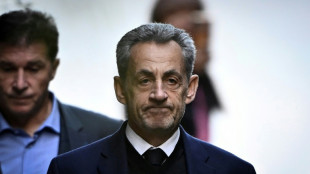
-
 COP30 has a mascot: the fiery-haired guardian of Brazil's forest
COP30 has a mascot: the fiery-haired guardian of Brazil's forest
-
The Sudanese who told the world what happened in El-Fasher
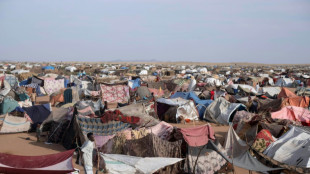
-
 Three things we learned from the Sao Paulo Grand Prix
Three things we learned from the Sao Paulo Grand Prix
-
ASC acquire majority share in Atletico Madrid

-
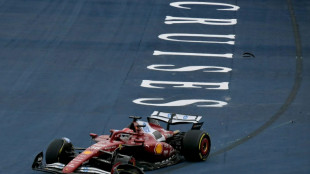 Ferrari boss tells Hamilton, Leclerc to drive, not talk
Ferrari boss tells Hamilton, Leclerc to drive, not talk
-
Bank of England seeks to 'build trust' in stablecoins
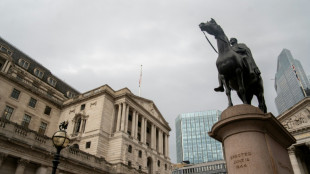
-
 China suspends 'special port fees' on US vessels for one year
China suspends 'special port fees' on US vessels for one year
-
French court frees ex-president Sarkozy from jail pending appeal
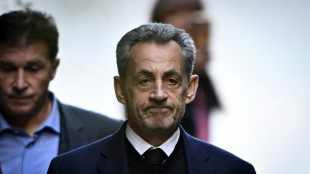
-
 No link between paracetamol and autism, major review finds
No link between paracetamol and autism, major review finds
-
Typhoon Fung-wong floods Philippine towns, leaves 5 dead in its wake
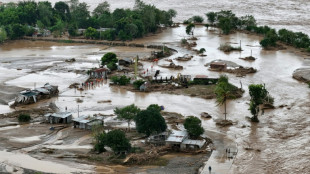
-
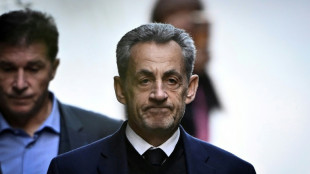 France's Sarkozy says prison a 'nightmare' as prosecutors seek his release
France's Sarkozy says prison a 'nightmare' as prosecutors seek his release
-
Guinness maker Diageo picks new CEO after US tariffs cloud

-
 China suspends 'special port fees' on US vessels
China suspends 'special port fees' on US vessels
-
US senators take major step toward ending record shutdown
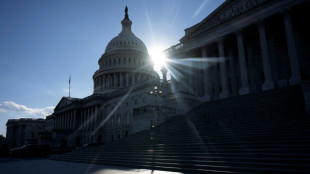
-
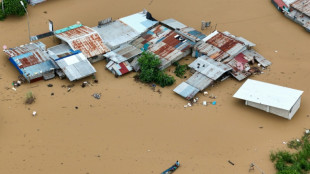 Typhoon Fung-wong leaves flooded Philippine towns in its wake
Typhoon Fung-wong leaves flooded Philippine towns in its wake
-
From Club Med to Beverly Hills: Assinie, the Ivorian Riviera
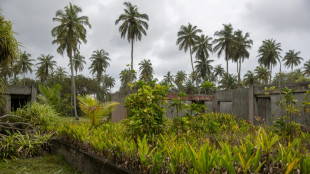
-
 The 'ordinary' Arnie? Glen Powell reboots 'The Running Man'
The 'ordinary' Arnie? Glen Powell reboots 'The Running Man'
-
Typhoon exposes centuries-old shipwreck off Vietnam port
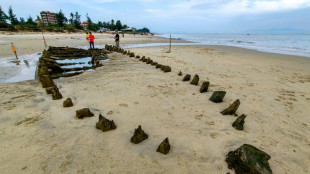
-
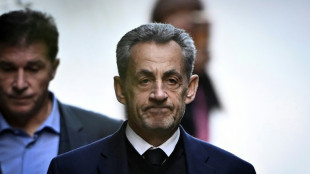 French court to decide if ex-president Sarkozy can leave jail
French court to decide if ex-president Sarkozy can leave jail
-
China lifts sanctions on US units of South Korea ship giant Hanwha


Batteries, community spirit help California fight heat wave
Dire predictions of blackouts in California during a fearsome heat wave this month never came to pass, with technology -- and a dose of community spirit -- helping the creaking grid through its most testing period ever.
The mercury topped 110 Fahrenheit (43 Celsius) on consecutive days, as a thrumming heat dome parked itself over the western United States.
But the grid never failed, thanks in part to the state's quietly acquired battery fleet.
"Batteries stepped in and... played a critical role" in rebalancing electricity demand, said Weikko Wirta, director of operations at AES Southland, a 400 megawatt installation at Long Beach near Los Angeles.
The huge electricity storage facility, which resembles an enormous server farm, is one of the largest in the state.
Sunny California has abundant solar energy at its disposal, and harnesses a growing amount of the rays that land on its rooftops.
During daylight hours, solar and other renewables provide around 30 to 40 percent of the state's electricity needs.
But as the sun dips, there can be a shortfall -- especially on very hot days when air conditioners are switched on as everyone gets home from work and school.
"When the solar goes away at the end of the day, (batteries) stepped right in to fill that void between four o'clock in the afternoon... and 10 o'clock at night," said Wirta.
Nearly every day of the lengthy heat wave that gripped California, Nevada and Arizona, the grid's operator called on consumers to limit their electricity use.
Automated phone calls rang out urging households to turn up their thermostats, and not to use large appliances -- including charging electric vehicles -- during peak hours.
- 'Conserve energy now' -
"Conserve energy now to protect public health and safety," read one urgent text message from the California Governor's Office of Emergency Services.
"Extreme heat is straining the state energy grid. Power interruptions may occur unless you take action. Turn off or reduce nonessential power."
That message, sent on the day demand reached its highest, seemed to do the trick.
"Within moments, we saw a significant amount of load reduction," said Elliot Mainzer, president of the California Independent System Operator, the grid operator.
"That significant response from California consumers... allowed us to restore our operating reserves and took us back from the edge."
Fresh in the minds of many Californians was August 2020, when the grid collapsed, leaving 800,000 homes without power over a two-day period.
Critics have blasted energy policy in the Golden State, insisting its increasing reliance on renewables at the expense of reliable, but dirty, fossil fuels puts needless strain on supply.
Climate change-skeptics took particular glee in pointing out that the call to conserve power came just days after California said it would no longer sell gasoline-powered cars from 2035.
"California's threat of rolling blackouts ought to be a warning about how the government force-fed green energy transition is endangering grid reliability," tweeted Kevin McCarthy, a US representative from the state and the lead Republican in the House.
For energy researchers like Eric Fournier at UCLA's Institute of the Environment and Sustainability, this kind of sentiment is a non-starter.
"Dealing with the source of the problem and stopping emitting so many greenhouse gases into the atmosphere is the only rational way to address the problem" of climate change, he said.
"Instead of criticizing the renewables, we should be championing the value of battery storage."
And that's what California has been quietly doing, as it works towards a policy of 100 percent carbon-neutral energy by 2045.
- Peak power -
Over the last two years, battery storage capacity has increased tenfold; at the peak of the heat wave, these batteries were able to put 3,300 megawatts into the grid.
"That's more combined power than the state's largest power plant... which is rated at about 2200 megawatts," said Mike Ferry, research director at the UC San Diego Center for Energy Research.
During the last heat wave "batteries that were interconnected to the grid played a barely noticeable role in meeting that peak power."
"This time around, everything has changed, and batteries... played a key role in allowing the state to avoid power outages."
For Fournier, battery solutions are impressive, but not the whole answer; Californians' impressive voluntary cutbacks could once again be the missing piece of the puzzle.
"Paying people to not ask for power for a small number of hours may be a better option," he says.
G.Stevens--AMWN